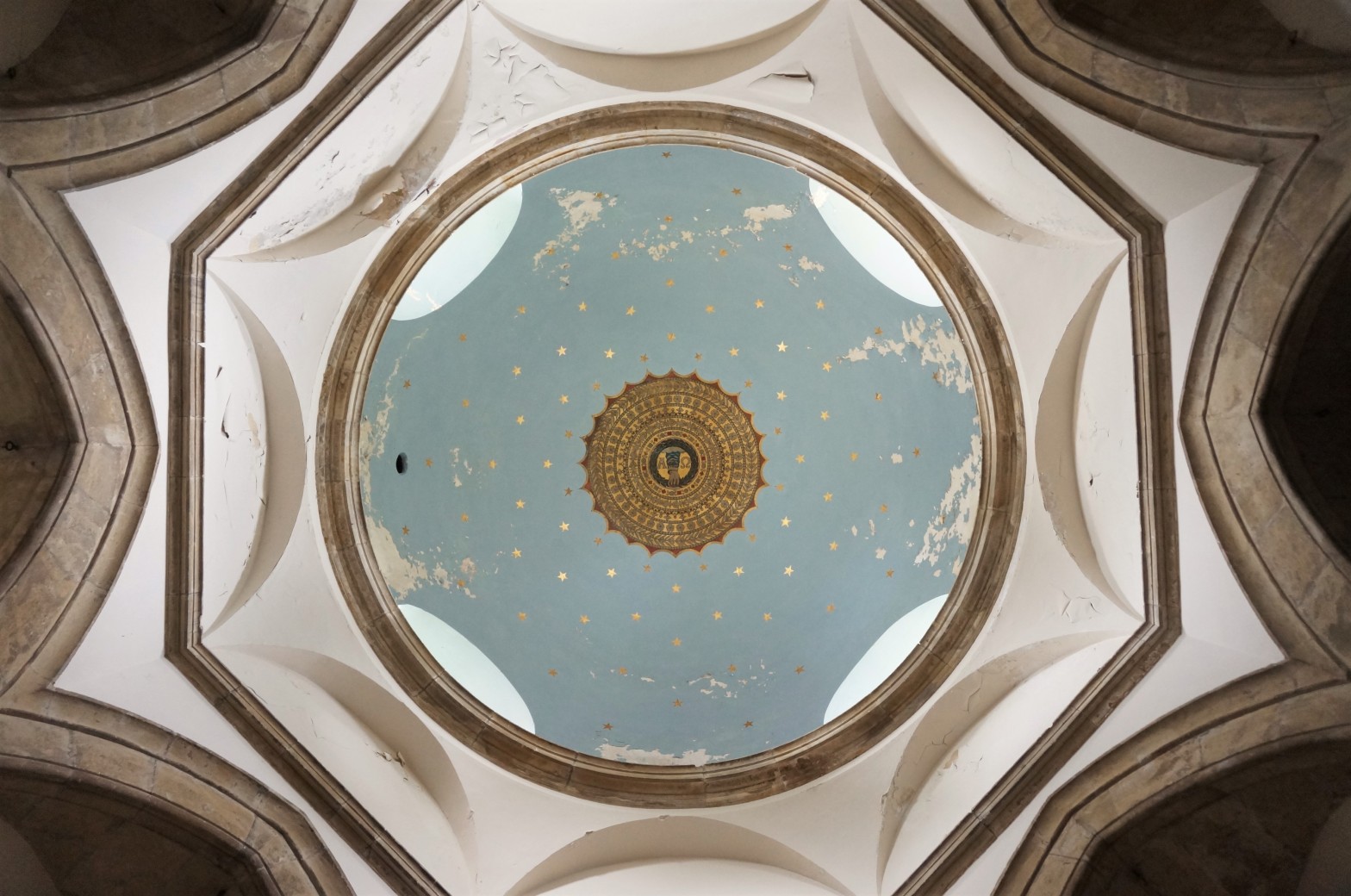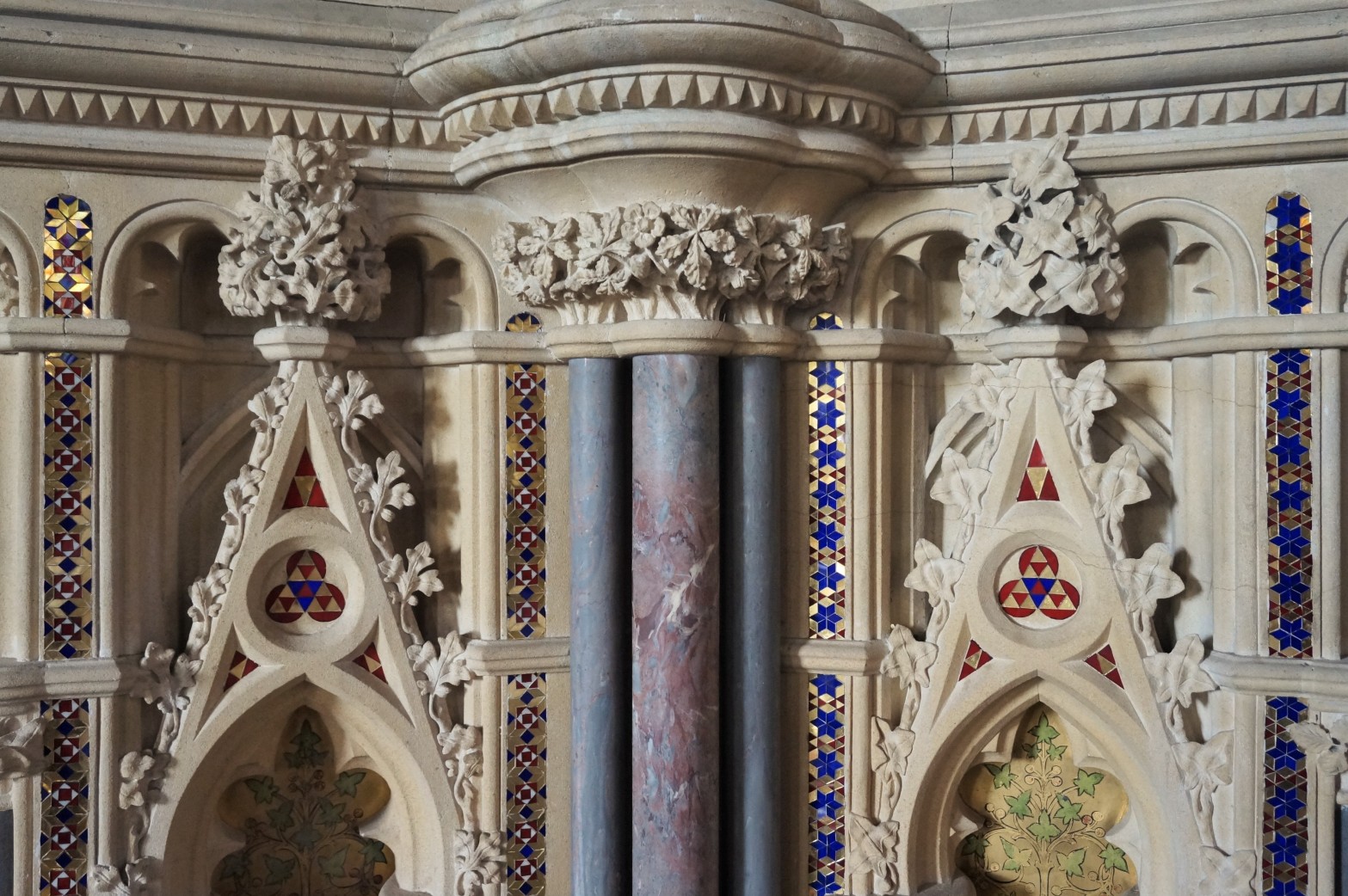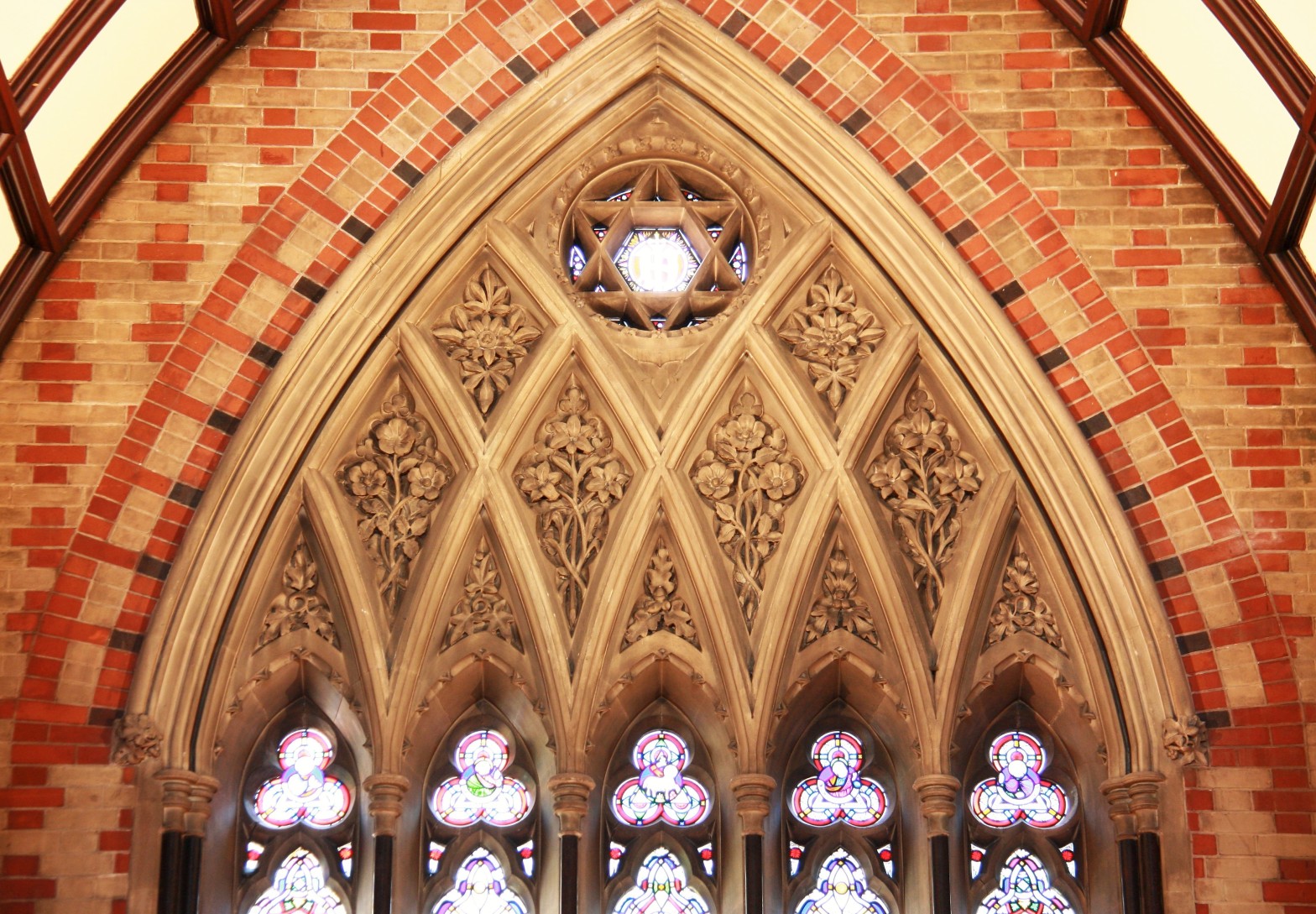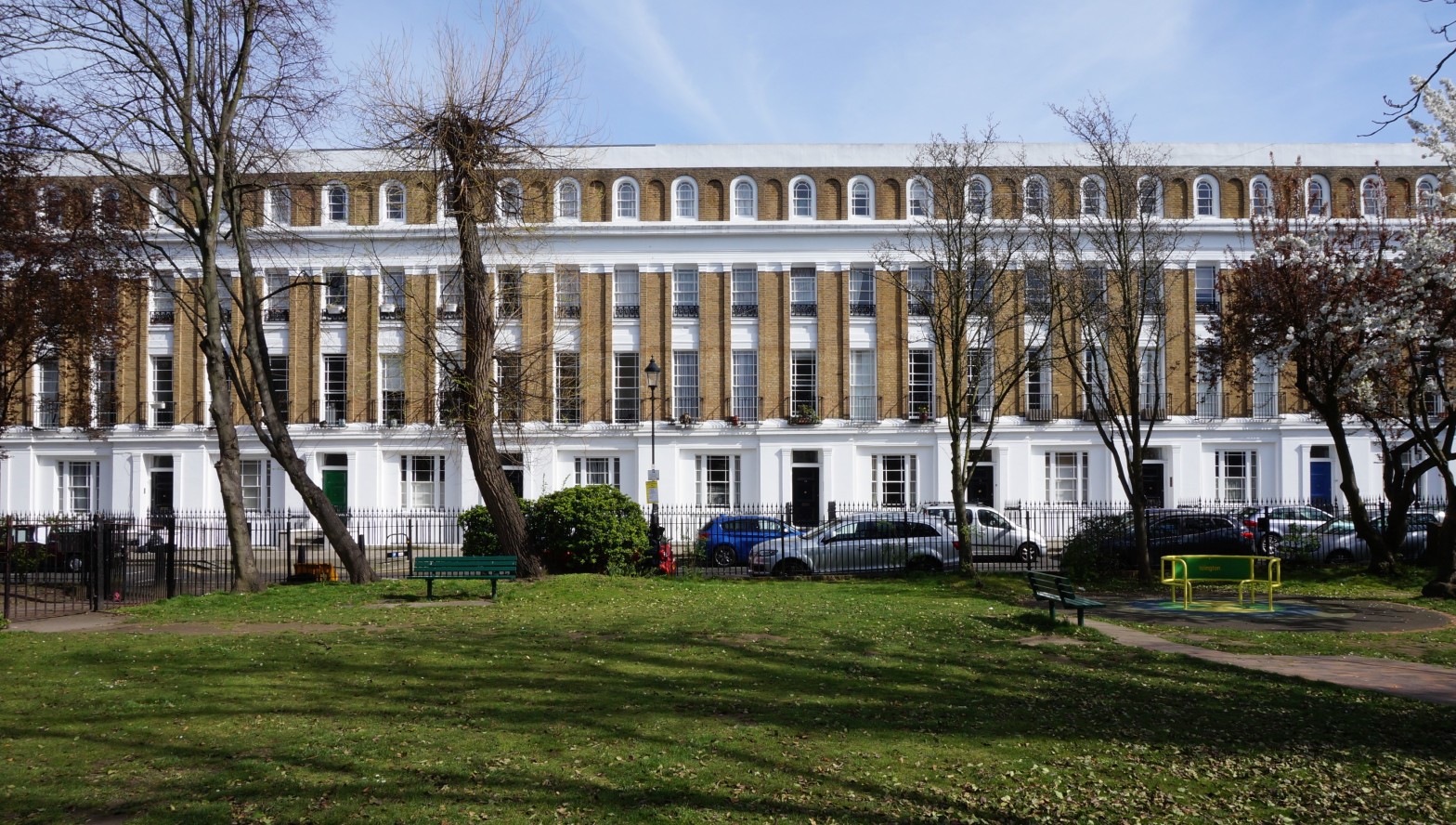It is inevitable that A.W.N. Pugin looms large in histories of Roman Catholic church-building in the 19th century. Yet in some ways he was as notable for the adopting the faith that he served through his architecture as he was for the buildings that he designed. Would Pugin be viewed in quite the same wayContinue reading “Recusancy in Dorset and the ‘other tradition’ of Catholic church-building”
Category Archives: Architectural sculpture
Prolific inimitability: getting to grips with S.S. Teulon (1812-1873)
For many of the architects featured in this blog, single posts running to something in the region of 15 pages of copy is sufficient to give a reasonably comprehensive account of their careers. Further research might bring to light previously unknown works and thereby flesh out the picture, but is unlikely to yield anything thatContinue reading “Prolific inimitability: getting to grips with S.S. Teulon (1812-1873)”
One good turn deserves another: into the RIBA Journal thanks to Arthur Beresford Pite
In the days before so much human interaction took place virtually, the circumstances in which one struck up a lasting acquaintance tended to stick in one’s mind. When it begins on-line, they can be a lot harder to pinpoint. I think – although I can’t now be entirely sure – that I got to knowContinue reading “One good turn deserves another: into the RIBA Journal thanks to Arthur Beresford Pite”
Joseph Peacock – Rogue to the family business
This is a figure who deserves a long and detailed write-up. That he is not going to get one in this post is the result of a happy circumstance, which is that this blog is about to be supplanted – and on this occasion, by its own author. Last week I received the news fromContinue reading “Joseph Peacock – Rogue to the family business”
Robert Lewis Roumieu: progressive or prankster?
One is the former London office of a firm that produced vinegar and fortified wines. The other is a speculative development of townhouses aimed at the affluent middle classes. Fairly mundane projects typical of the 19th century, one might think; typical, indeed, of hundreds such up and down the country, brought into being by theContinue reading “Robert Lewis Roumieu: progressive or prankster?”
Architect of a lost London: Thomas Edward Knightley (1823-1905)
To a greater or lesser degree, lasting success in any profession comes down to luck and architecture is no exception. Success has to be measured not only in terms of what an architect gets to build in his or her lifetime, but also of the subsequent fate of these achievements. Many posthumous reputations which deservedContinue reading “Architect of a lost London: Thomas Edward Knightley (1823-1905)”
Joseph Clarke (1819/20-1888): an unexpectedly deft safe pair of hands
Today’s post forms something of a pendant to the preceding post on Henry Woodyer, not least because it takes in the remarkable church of SS Peter and Paul in Foxearth, Essex. It deals with an architect who, like Woodyer, was active chiefly in the Home Counties. Again like Woodyer, he specialised in ecclesiastical work –Continue reading “Joseph Clarke (1819/20-1888): an unexpectedly deft safe pair of hands”
Bristly, stripy and muscly – the architecture of Poundley and Walker
Several of the architects featured so far in this blog were, for all the distinctiveness of their architecture, specialists in a particular building type, be it churches, country houses or non-conformist chapels. Where 19th century architects were professionally more omnivorous, they tended to cut their stylistic cloth according to the commission. Though we think ofContinue reading “Bristly, stripy and muscly – the architecture of Poundley and Walker”
Multum in parvo – John Middleton and Llangynllo
There won’t be all that many posts on this blog devoted to individual buildings, but this one is so extraordinary that I have to make an exception. We first encountered Sir Thomas Lloyd (1820-1877) in connection with St Dogfael’s Church in Meline, featured in last week’s post on R.J. Withers. Though Gothic Revival, that isContinue reading “Multum in parvo – John Middleton and Llangynllo”
W. Eden Nesfield the church architect
In my first post on W. Eden Nesfield, I described country houses and associated domestic work as the mainstay of his practice. The Saffron Walden bank is his only commercial building – indeed, only one of a tiny handful of works in an urban setting – and he made few attempts to enter the crowdedContinue reading “W. Eden Nesfield the church architect”









